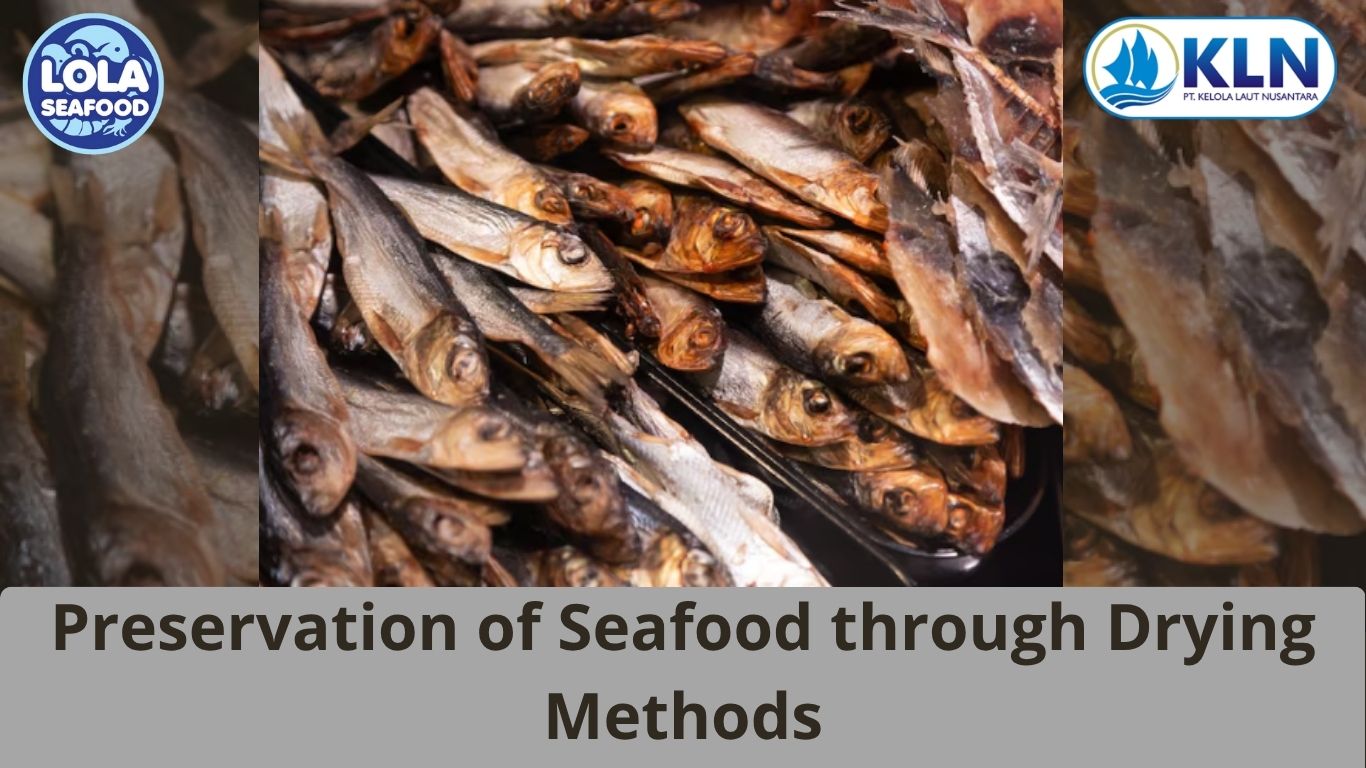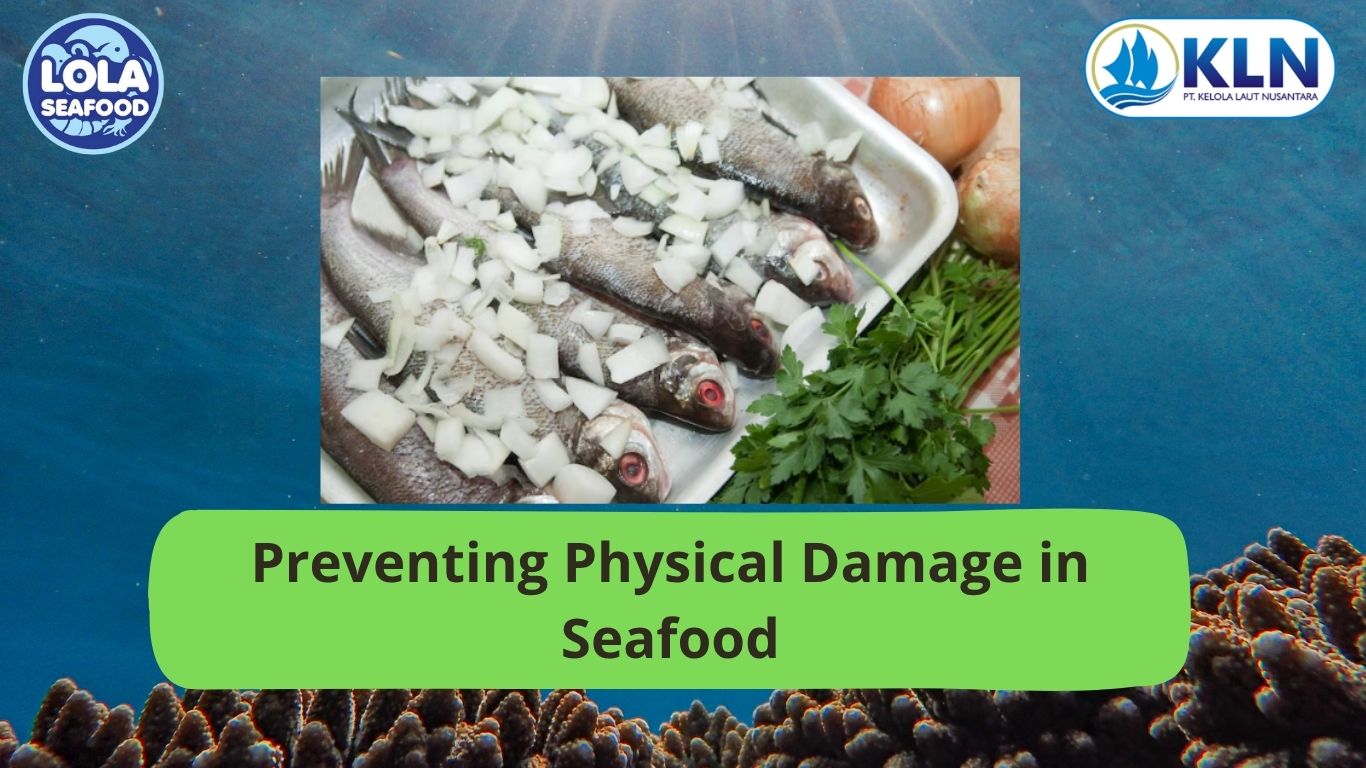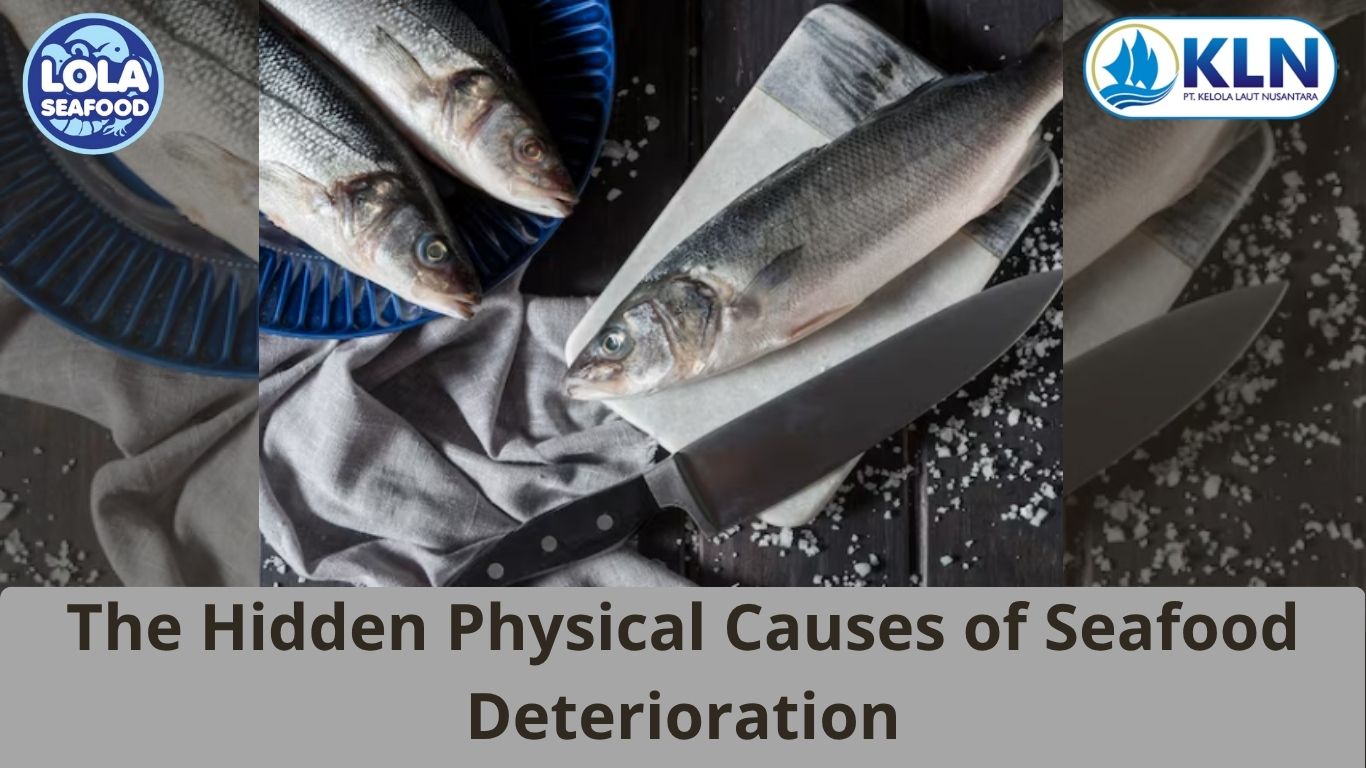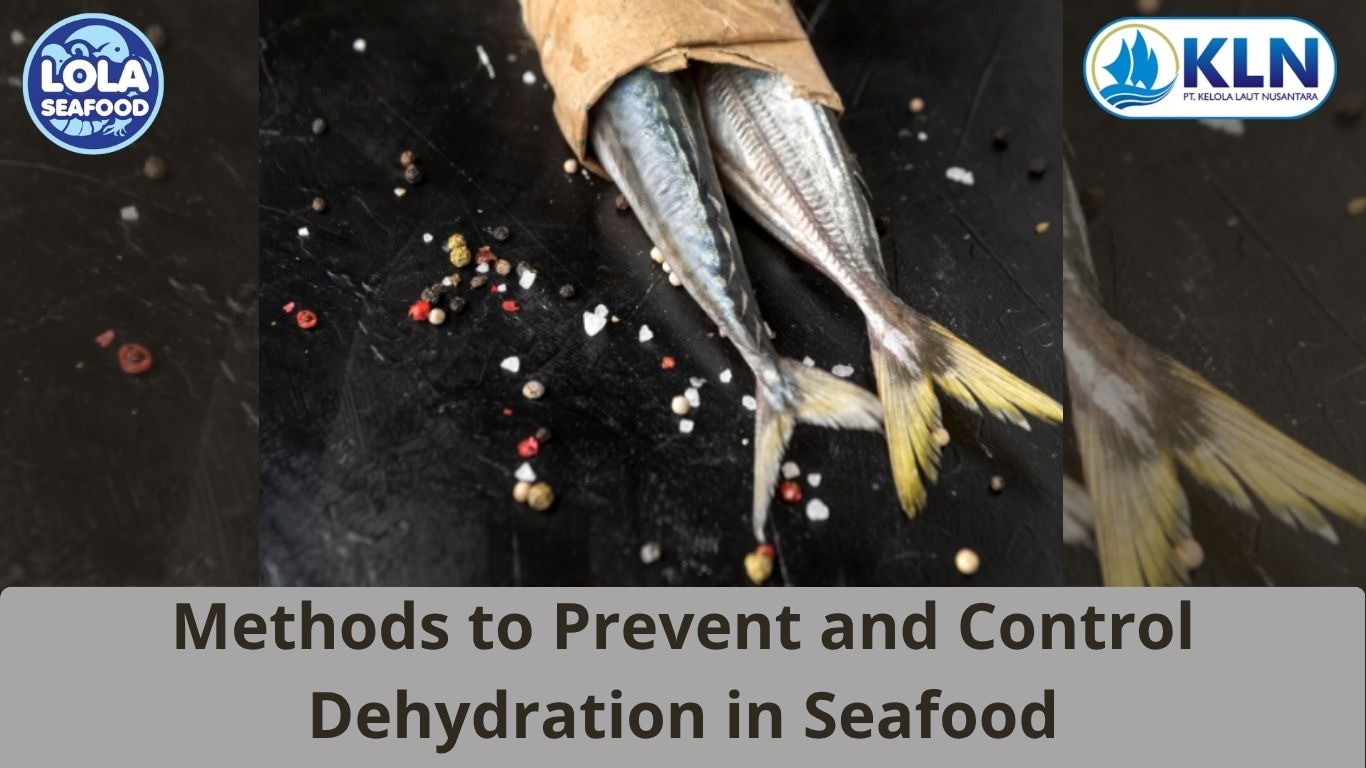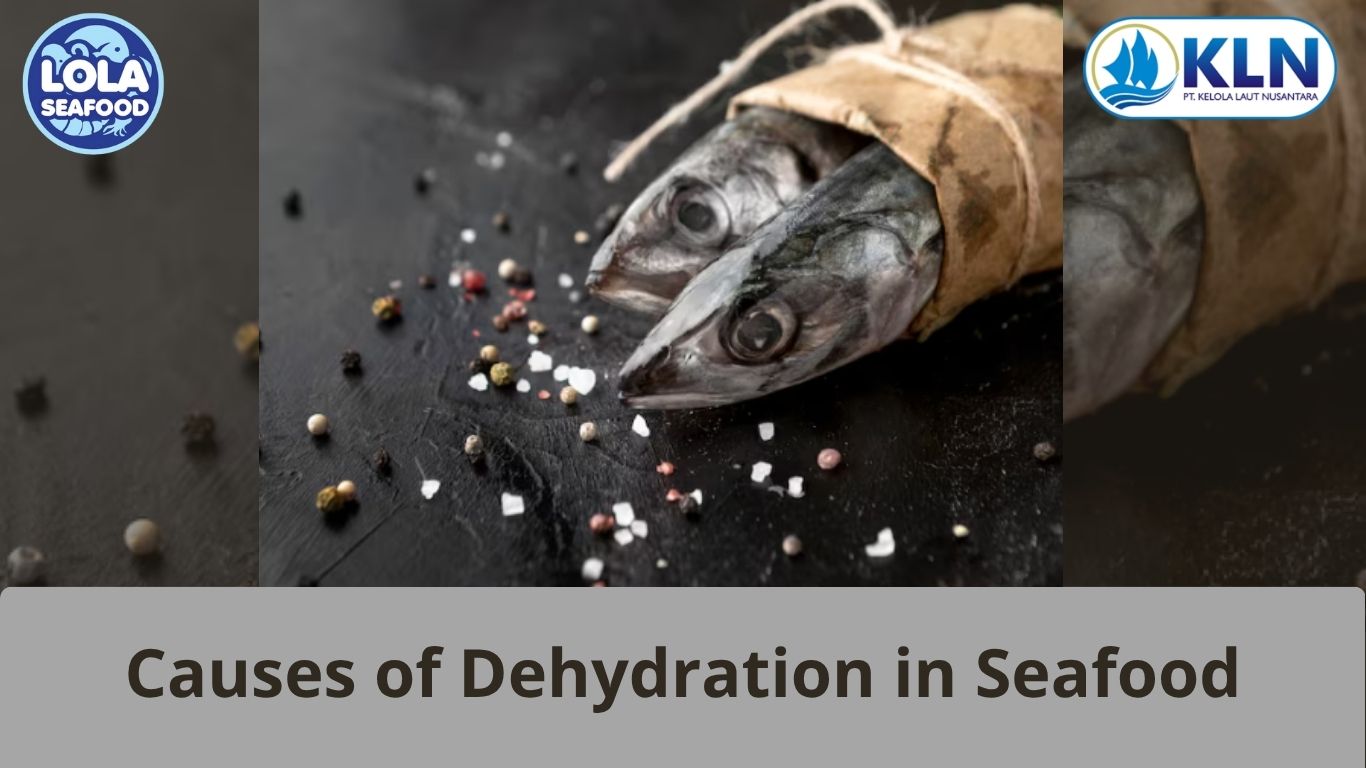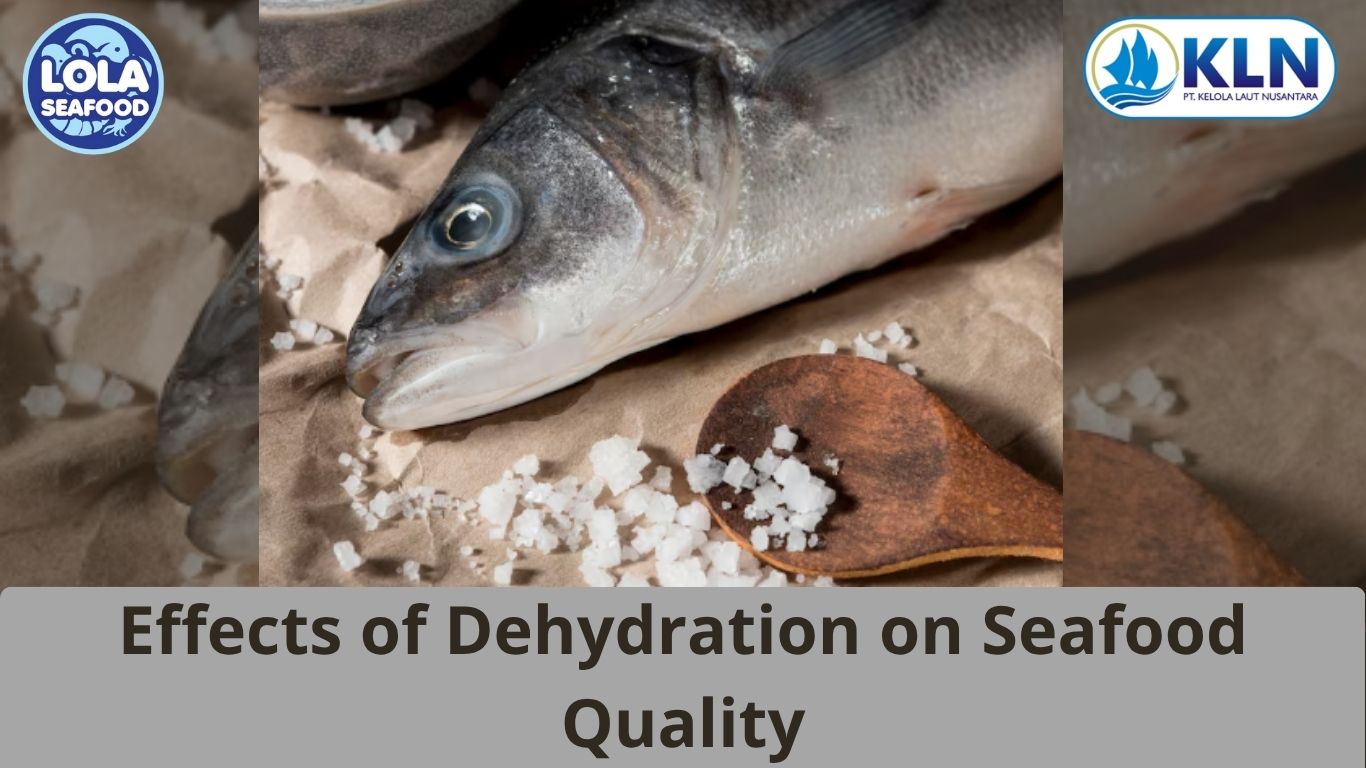The Correct Process of Freezing Fish for Maximum Freshness
By. Nugroho Luhur - 18 Feb 2025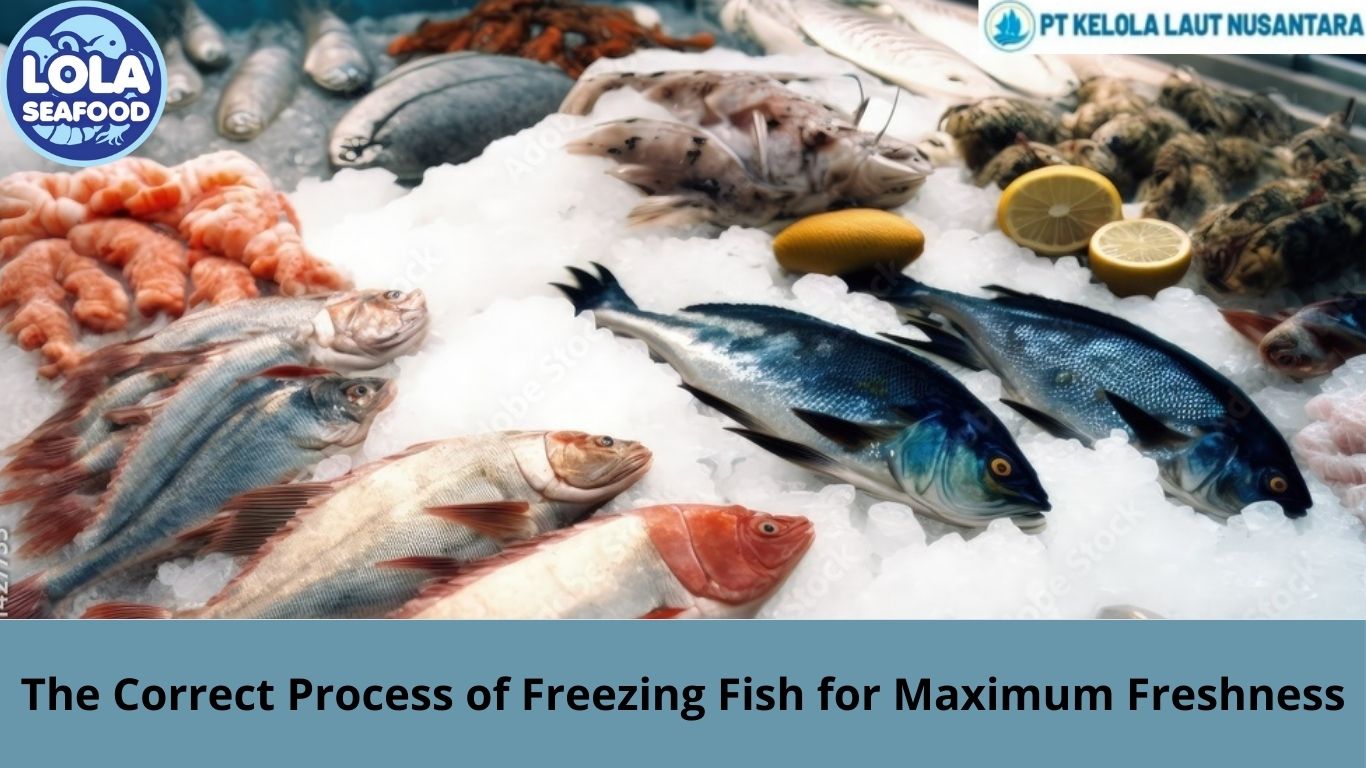
Kelolalaut.com Freezing fish is one of the best ways to preserve its freshness, taste, and nutritional value. However, improper freezing can lead to freezer burn, texture deterioration, and loss of flavour. By following the correct steps, you can ensure that your fish remains high-quality for months.
1. Choosing Fresh Fish
The first step in freezing fish is to start with the freshest fish possible. Fresh fish should have clear, bright eyes, red gills, firm flesh, and a mild ocean-like smell. If the fish has a strong, fishy odour or mushy texture, it may not freeze well and could already be deteriorating.
2. Cleaning and Preparing the Fish
Before freezing, the fish must be properly cleaned and prepared:
- Scaling: Use a knife or scaler to remove scales from the fish if it has them.
- Gutting: Cut open the belly and remove the internal organs. Wash the fish thoroughly in cold water.
- Filleting (Optional): If you prefer, you can cut the fish into fillets or steaks for easier portioning and use.
- Pat Dry: Excess moisture can cause ice crystals to form, so dry the fish thoroughly with paper towels.
3. Choosing a Freezing Method
There are different methods for freezing fish, and each has its own benefits:
A. Dry Freezing (For Short-Term Storage)
- Wrap the fish tightly in plastic wrap, aluminium foil, or parchment paper.
- Place it in a freezer-safe bag, removing as much air as possible to prevent freezer burn.
- Label with the date before storing in the freezer.
B. Ice Glazing (For Long-Term Storage)
- Dip the fish in ice-cold water, then place it on a tray in the freezer until a thin layer of ice forms.
- Repeat the dipping process a few times to create a protective ice coating.
- Wrap the fish in plastic wrap or freezer paper, then store it in an airtight bag.
C. Vacuum Sealing (Best for Maximum Freshness)
- Use a vacuum sealer to remove air from the packaging before freezing.
- Vacuum-sealed fish lasts the longest, often up to a year without losing quality.
4. Freezing and Storing Fish
For best results, follow these freezing guidelines:
- Set your freezer to 0°F (-18°C) or lower to prevent bacterial growth and preserve texture.
- Store fish in single layers until fully frozen, then stack them to save space.
- For whole fish, freeze on a flat surface first before transferring to storage.
5. Thawing Fish Properly
Thawing fish correctly is just as important as freezing it:
- Refrigerator Thawing (Best Method): Place the fish in the fridge for several hours or overnight.
- Cold Water Thawing: Seal the fish in a plastic bag and submerge it in cold water, changing the water every 30 minutes.
- Avoid Room Temperature Thawing: This can cause bacteria growth and spoil the fish.
Freezing fish correctly helps maintain its quality, taste, and safety. By following proper cleaning, packaging, freezing, and thawing techniques, you can enjoy fresh-tasting fish even months after freezing.
If you are intrested in our Goldband / Crimson Snapper Whole Round, Goldband / Crimson Snapper Fillet Skin On, White Snapper / Robinson Seabream / Seabream Whole Round / Whole Gilled Gutted Scaled, White Snapper / Robinson Seabream / Seabream Fillet Skin On, Snapper Whole Round / Whole Gilled Gutted Scaled, Red / Scarlet Snapper Fillet Portion, Red / Scarlet Snapper Fillet Skin On, Snapper Fillet Skinless please do not hesitate to contact us to email and / or whatsap
.jpg)
